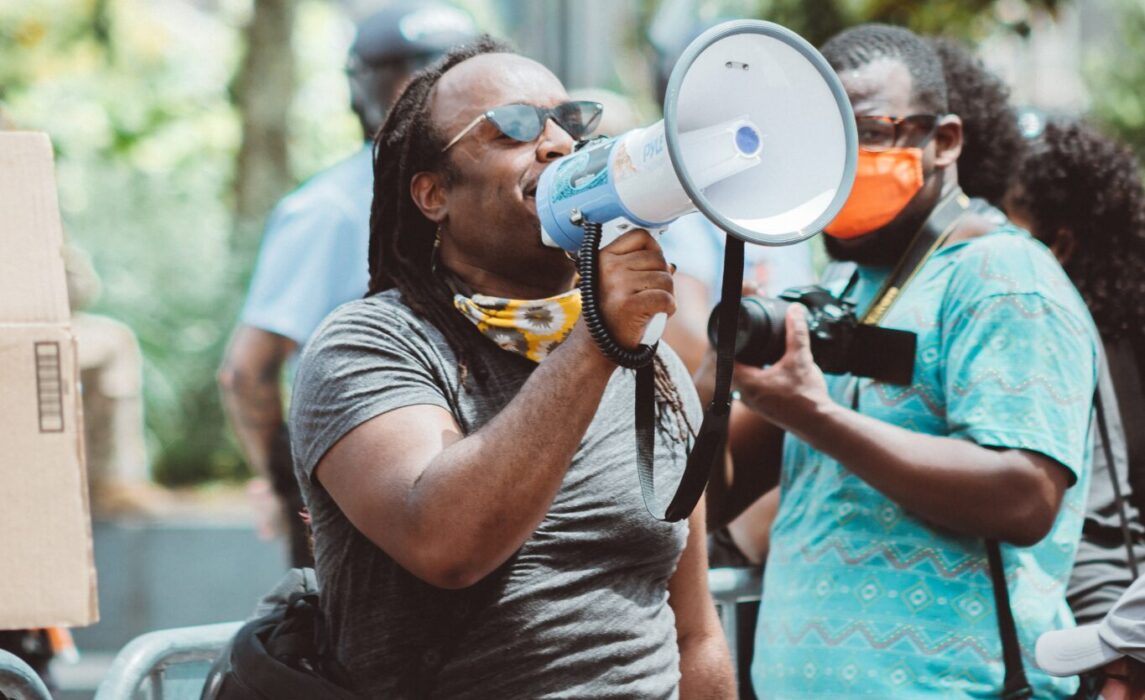Every ten years, Mississippi and every other state redraws its federal, state, and local legislative voting district maps. This process is meant to ensure that as populations grow and change, every voter can have equal representation and an equal voice in government.
Common Cause Mississippi is fighting for fair, transparent, and equitable redistricting at every level — including for federal legislation like the Freedom to Vote Act to end partisan gerrymandering.
We have also helped Mississippi residents prepare and testify at the public hearings held by the Joint Legislative Redistricting Committee this past August to ask for a fair and open redistricting process.
Mississippi State Legislative and Senate Districts
In Mississippi, redistricting is controlled by the state legislature. A 20-member joint legislative committee assists the legislature in the creation of these maps.
IN THE STATE LEGISLATIVE REDISTRICTING PROCESS, the state legislature draws district lines and passes their map as a joint resolution. This means their plan is not subject to gubernatorial veto. If a state legislative plan is not passed, a five-member commission — made up of the Chief Justice of the state Supreme Court, the Attorney General, the Secretary of State, and the majority leaders of the House and Senate — will draw the map instead.
IN THE CONGRESSIONAL REDISTRICTING PROCESS, the state legislature passes their congressional district map as a statute, meaning the governor can choose to approve or veto.
Mapping Criteria
When partisan politicians control the mapmaking process, we’re especially vulnerable to schemes like gerrymandering, creating of skewed “safe” districts, and pairing incumbents of the minority party to guarantee at least one of them won’t be reelected.
This is why it’s so important we push our lawmakers to be transparent and provide for public input every step of the way.
Mapmakers must prioritize:
- Districts must comply with the provisions of the US Constitution and Voting Rights Act and keep districts reasonably equal in population.
- Keeping communities of interest and political subdivisions whole.
- Compactness
- Maximizing the number of politically competitive districts
Districts may not be drawn:
- To protect one or more incumbents, declared candidates, or political party.
- With intent or effect of denial/abridgement of voting rights or vote dilution because of race or membership in language minority group.
Only six counties in Mississippi gained 10% or more in population; most rural counties and the capital city of Jackson lost population. The suburban counties of Madison, Rankin, Harrison, Desoto and Lamar. Of the mostly rural counties that lost population, 25 lost 10% or more.
Why Redistricting Matters for Mississippi
When done fairly, redistricting is a chance for political power to be equitably distributed across different communities, making sure everyone has a seat at the table.
Unfortunately, redistricting has historically been conducted behind closed doors with little to no public input, resulting in politically powerful lawmakers choosing their voters rather than letting voters choose who best to represent them.
When politicians have the sole power to draw electoral maps, they can manipulate district lines to divide up or pack together certain populations to create safe districts, and keep themselves and their party in power. This gerrymandering, with all its stacking and packing and pairing, is a major threat to our democracy.

Key Dates For Mississippi 2021 Redistricting
Hearings were held across Mississippi in August by the Joint Legislative Redistricting Committee to receive public input. The Committee Co-chair Rep. Jim Beckett announced that the committee will first redraw the five US congressional districts this fall as soon as the Joint Legislative Committee receives the final Census data.
Work on the new draft maps for state legislative districts will begin in January with the 2022 Mississippi Legislative Session.
In the past, there was no real opportunity for public input after the release of the proposed new maps. However, at the August public hearings, Chairman Beckett indicated they might release the proposed maps to get the public’s response before the new district lines are voted on by the full Legislature.
Chairman Beckett also announced that individual members of the public could ask to see the maps before the redrawn district maps are finalized and provide input.

Mississippi Redistricting Resources
With one party holding a super majority in the Mississippi Legislature, plus all eight statewide elected offices from governor to state auditor, the power of the general voting public to hold their elected officials accountable begins with redistricting.
By voicing your support for fair and open redistricting, you will be notifying state leaders that their fellow Mississippians are watching to see if the new voting districts are just and equitable. Public input is the only way to produce elected leaders who will serve the interests of all Mississippians.